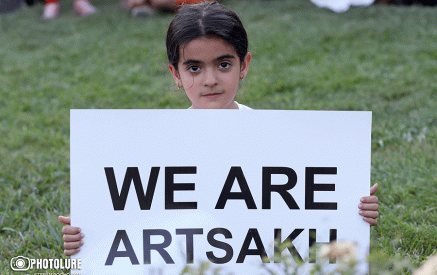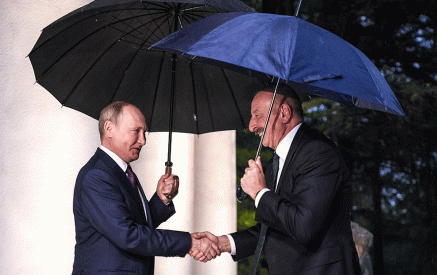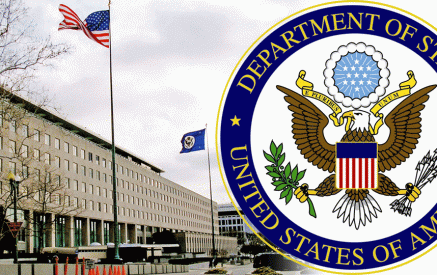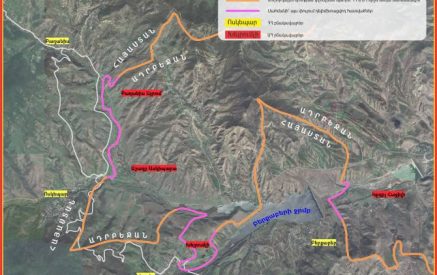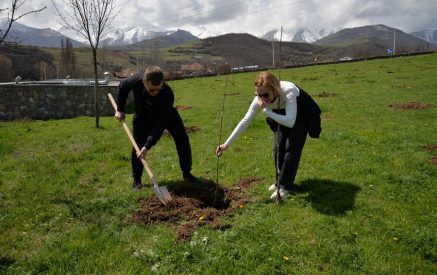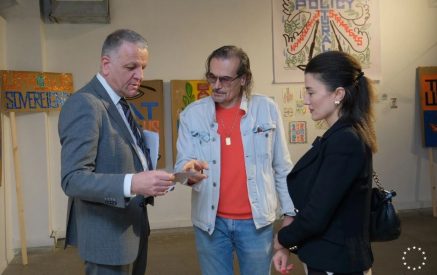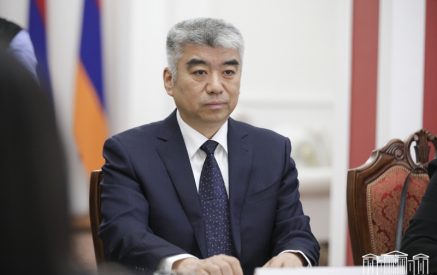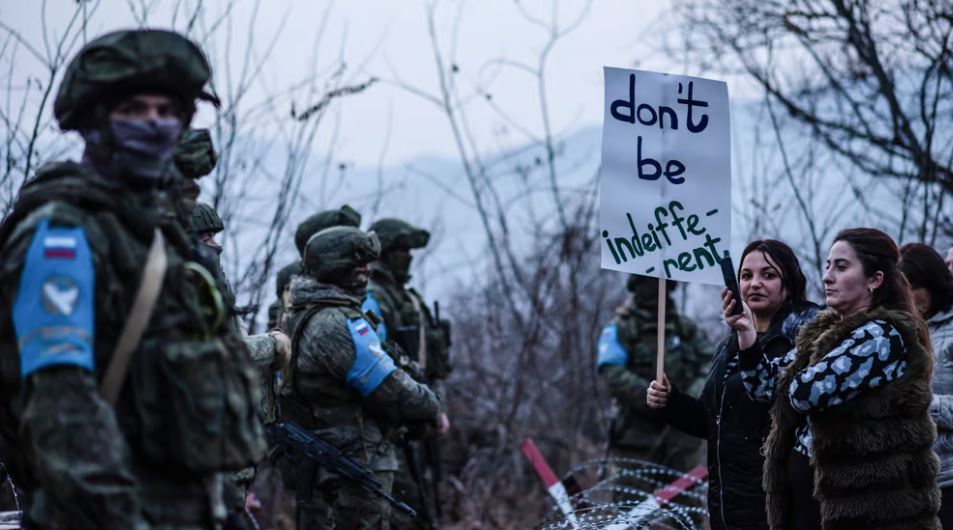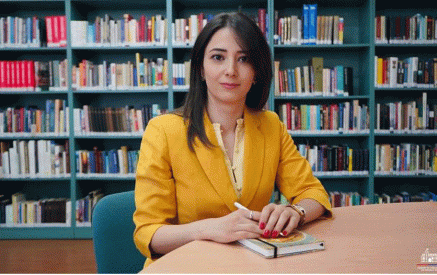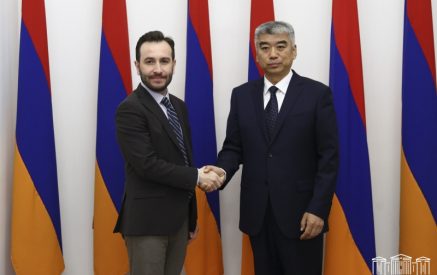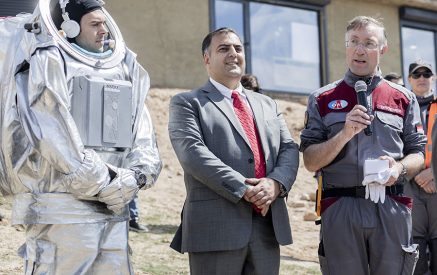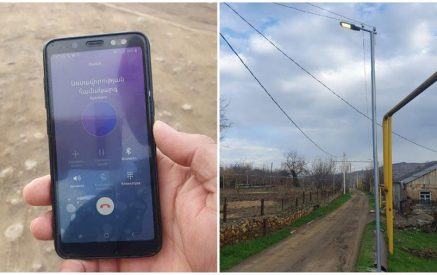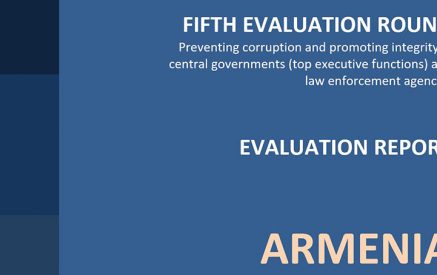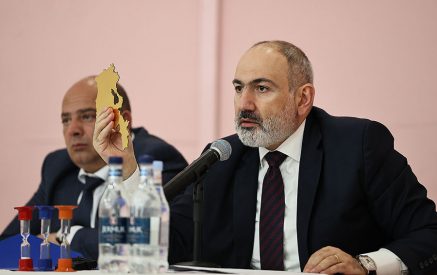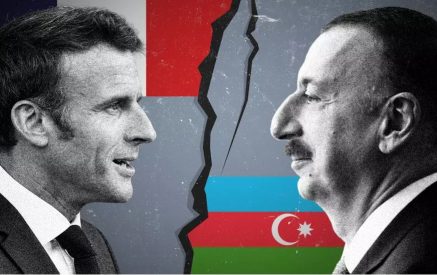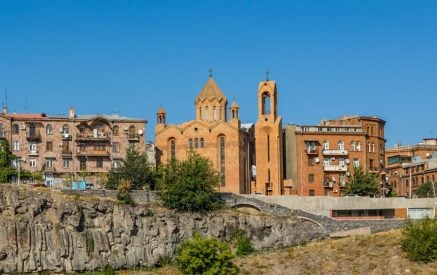At first glance, Armenia and Cuba are worlds apart-literally and figuratively. However, when the recent political history of both nations is analyzed in the light of the Velvet Revolution of Armenia of April, 2018, similarities seem to emerge.
Cuba resisted the American pressure throughout the second half of the previous century and beyond at a great cost. The island nation managed to float on the surface of the international political stage against all odds conspicuously averting complete isolation. Although the trade embargo and the sanctions regime has been a costly clampdown against the regime, the Cuban economy received a major blow when the Soviet Union collapsed and the Soviet aid vanished, too. This has, among a myriad of other factors, led many to believe that the top-down approach is wrong: sanctions and restrictions hit the most vulnerable the hardest bringing about no palpable political changes.
The Cuban-American lobby, which derives its strength from the numerous Cuban-American community in Florida, is famously and fiercely anti-Castro and has opposed attempts to mitigate the pressure applied to official Havana. However, now that the diplomatic relations between the two Caribbean ideological rivals are reestablished, new avenues and opportunities are on the horizon. So, what is the lesson that the Armenian Velvet Revolution teaches about Cuba’s future against the backdrop of recent developments?!
Since its independence from the Soviet Union in 1991, Armenia has had to struggle to make ends meet-literally. The precarious geopolitical situation of the country-an on-going conflict with Azerbaijan, closed borders with Turkey and growing security and energy reliance on Russia, created an illusion of Armenia having stuck in permanent corruption, sham elections and the company of oligarchs: a ‘’no-news-is-good-news’’ sort of quagmire.
By contrast, the civil society of Armenia won back-to-back victories throughout these years, especially during the presidency of the third president of independent Armenia, Serzh Sargsyan. The environmental fight against the exploitation of a copper and molybdenum mine in the north of the country-the Save Teghut Civic Initiative, the civic effort for the preservation of Mashtots Park in downtown Yerevan, as well as Electric Yerevan-a movement against electricity price hike-are notable examples that laid the groundwork for the Velvet Revolution.
In a similar fashion, the civil disobedience sweeping the tiny nation in April, 2018, which ultimately removed the ruling party and their leader from power, used a hands-up peaceful civil disobedience strategy with familiar slogans and marches, such as ”You are the leader” or ‘’Take a step’’ adopted or initiated by the opposition leader Nikol Pashinyan.
Thus, Armenia’s post-Soviet transition from quasi-authoritarianism to a fledgling democracy has demonstrated the accomplishments of a nation’s civil society can potentially bear fruit on a large-scale and slowly but steadily accelerate the bottom-up transition to democracy. As the political animus between the US and Cuba seems to have given way to diplomatic rationale after the US Embassy reopened in Havana, the farsighted strategy of carrots and sticks-with carrots being empowering the civil society and sticks being a certain amount of limitations-can work wonders in Cuba in the long-run much like they did in Armenia. On May 5, anti-Putin demonstrators in the Russian city of Perm were chanting ‘’We want it as in Armenia’’. A country-wide civil disobedience and a non-violent revolution seem to be highly contagious but do you happen to have a robust civil society?
Garik POGHOSYAN




